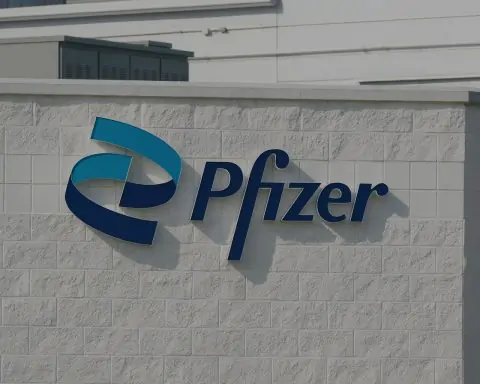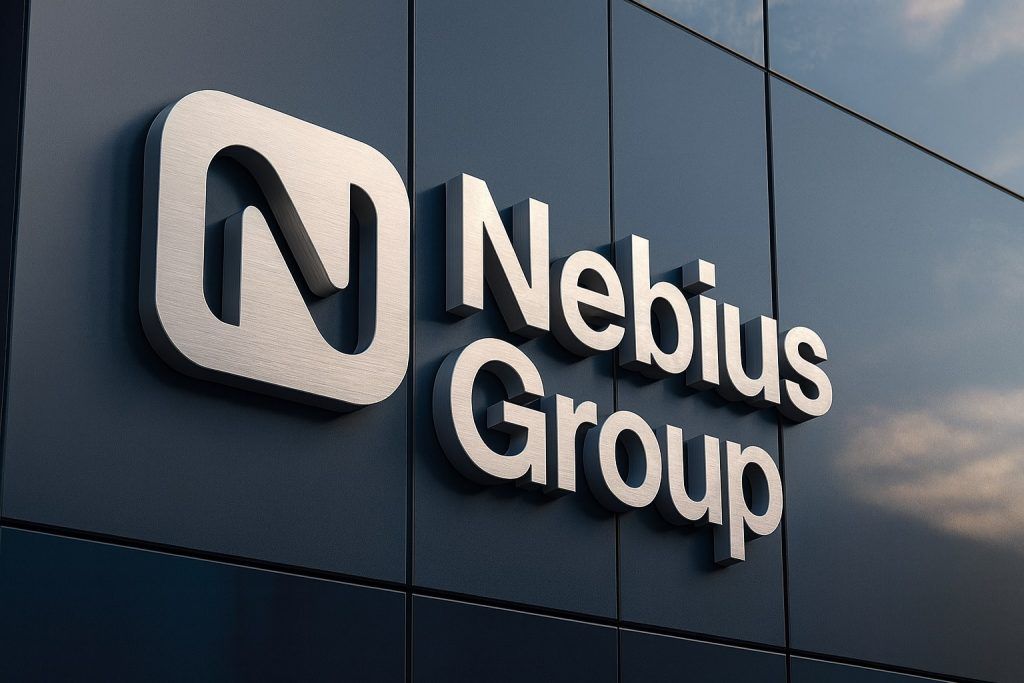On November 20, 2025, the big 401(k) story is still the IRS’s newly announced 2026 contribution limits and the related Roth catch‑up rules for higher earners—plus fresh data showing a record number of 401(k) millionaires in the U.S. Together, they paint a clear picture: the IRS is giving savers more room to invest, and long‑term investors are already benefiting.
Below is a breakdown of what’s changed, what it means, and what you may want to do before 2026.
1. What the IRS Just Did: The Core 401(k) & IRA Announcements
On November 13, 2025, the IRS released IR‑2025‑111 and Notice 2025‑67, setting cost‑of‑living adjustments for retirement plans for tax year 2026. [1]
The headline changes:
- 401(k) employee contribution limit rises to $24,500 in 2026 (up from $23,500 in 2025).
- This same $24,500 limit applies to 403(b), most 457(b) plans, and the Thrift Savings Plan (TSP). [2]
- The 401(k) catch‑up contribution for workers age 50+ increases to $8,000 (from $7,500), so most savers 50 and older can contribute up to $32,500 in 2026. [3]
- The special “super” catch‑up for those ages 60–63 stays at $11,250 for 2026, on top of the regular limit. [4]
- The total defined contribution plan limit (employee + employer, often called the §415(c) limit) rises from $70,000 to $72,000. [5]
On the IRA side, the IRS also raised limits for 2026:
- IRA contribution limit increases to $7,500 (from $7,000).
- The IRA catch‑up for age 50+ is now indexed and climbs to $1,100 (from $1,000). [6]
Income thresholds are also moving:
- Roth IRA phase‑outs rise to $153,000–$168,000 for single filers and heads of household, and $242,000–$252,000for married filing jointly. [7]
- Saver’s Credit (Retirement Savings Contributions Credit) income limits increase to $80,500 (married filing jointly), $60,375 (head of household), and $40,250 (single or married filing separately). [8]
In short, the IRS is giving every type of saver more space to shelter money in 2026, especially older workers and higher earners who can make full use of catch‑up and employer contributions.
2. Today’s Coverage: How Media Are Framing the IRS 401(k) News
Although the IRS announcements dropped a week ago, coverage is peaking around November 19–20, with outlets worldwide explaining what these changes mean:
- AP News, carried by Scripps and others, highlights that Americans will be allowed to contribute $24,500 to 401(k), 403(b), 457 plans, and TSP in 2026, with catch‑ups of $8,000 for age 50+ and unchanged $11,250 “super” catch‑ups for ages 60–63. [9]
- Axios calls it the largest 401(k) cap hike in two years, stressing the $1,000 jump to $24,500 and the higher catch‑up and IRA limits. [10]
- Fox Business and other financial outlets are emphasizing how higher limits, especially for older workers, could help close retirement savings gaps and make it easier to keep up with inflation. [11]
- International coverage, like The Economic Times, frames the changes as “401(k) limits 2026 rise again,” underscoring the $72,000 total contribution cap, higher IRA limits, and rising income thresholds for Roth and traditional IRA deductions. [12]
The common theme today: if you have a retirement plan, your 2026 tax‑advantaged “capacity” is going up.
3. Roth Catch‑Up Rule: New IRS Regulations for High Earners
Alongside the contribution limit news, final regulations on the new Roth catch‑up requirement under SECURE 2.0are front‑and‑center in retirement industry discussions.
What is the Roth catch‑up rule?
Under SECURE 2.0, workers age 50+ whose prior‑year Social Security wages exceed a threshold must make 401(k) catch‑up contributions on a Roth (after‑tax) basis instead of pre‑tax. [13]
Key points from the IRS final regulations (IR‑2025‑91) and specialist commentary: [14]
- The rule applies to 401(k), 403(b), governmental 457(b), and similar plans that allow age‑50 catch‑ups.
- A “high earner” is generally defined as someone whose prior‑year Social Security wages exceed $145,000, indexed for inflation.
- Notice 2025‑67 confirms that the wage threshold used for 2025 (to determine your status for 2026 catch‑ups) rises to $150,000. [15]
- For these high earners, catch‑up contributions must be Roth once the rule is fully in effect; plans that do not offer Roth may instead disallow catch‑up contributions for affected employees. [16]
- The IRS final regulations generally apply to taxable years beginning after December 31, 2026, but they clarify how plans should implement Roth catch‑ups beginning in 2026 plan years, and they do not extend the earlier transition relief beyond December 31, 2025. [17]
What this means in practice
- If your 2025 Social Security wages from an employer exceed $150,000, expect your 2026 catch‑up contributions to be Roth‑only under that employer’s plan once the rules are implemented. [18]
- Employers and recordkeepers are spending the end of 2025 updating payroll systems, plan documents, and participant communications to handle who is and isn’t subject to the rule. [19]
For high earners, today’s 401(k) news is not just “how much you can save,” but also “how your catch‑up savings will be taxed.”
4. Record Number of 401(k) Millionaires: How the IRS News Fits In
Adding to today’s narrative, new data from Fidelity Investments show a record number of 401(k) millionaires:
- As of Q3 2025, there are 654,000 401(k) accounts with balances of $1 million or more, up from 595,000 in Q2 and 544,000 a year earlier.
- The average 401(k) balance climbed to about $144,400, with IRA and 403(b) balances also rising.
- Long‑term savers—mostly Gen X and boomers with roughly 25–26 years in their plans—are driving these numbers by staying invested and continuing contributions through volatility. [20]
Women’s balances are also highlighted: long‑term female savers passed an average of around $500,000 for the first time, though they still trail male averages, a gap that is gradually narrowing. [21]
This backdrop matters for the IRS news because:
- Higher contribution limits in 2026 make it easier for committed savers to join or stay in that “401(k) millionaire” club over time.
- The Roth catch‑up requirement nudges higher‑income savers toward tax diversification, potentially giving them tax‑free income in retirement if Roth rules are met. [22]
Put simply, today’s IRS changes give more tools to the very behavior that’s creating record 401(k) balances: steady, long‑term saving.
5. What Savers Should Do Before 2026
Note: This is general information, not personalized tax advice. Consider speaking with a tax professional or financial planner before making changes.
1. Adjust your 2026 deferral elections early
Because the new limits take effect January 1, 2026, many experts suggest updating payroll deferrals ahead of time so you’re ready on the first paycheck of the year. Tax‑professional groups like NATP are already advising their members to review client deferral rates now. [23]
Questions to ask yourself:
- Am I contributing enough to capture my full employer match?
- Can I increase my deferral rate so I get closer to the $24,500 limit (or $32,500 if I’m 50+)?
- If I’m self‑employed or running a Solo 401(k), how can I use the higher $72,000 total limit in 2026? [24]
2. Check whether you’re a “high earner” for Roth catch‑up purposes
If you’re planning to make catch‑up contributions:
- Look at your 2025 W‑2 Box 3 (Social Security wages) from each employer.
- If it exceeds about $150,000 for 2025, assume your 2026 catch‑ups will need to be Roth, if your plan allows them. [25]
- If your plan doesn’t have a Roth option, ask HR whether they plan to add Roth or suspend catch‑up contributions for high earners. [26]
This may also influence whether you front‑load pre‑tax savings in 2025 while you still can.
3. Revisit IRA strategy in light of the new limits
With IRA limits rising to $7,500 plus a $1,100 catch‑up and higher income ranges for deductibility and Roth eligibility, it’s a good moment to review: [27]
- Does a deductible traditional IRA, a Roth IRA, or a mix make more sense in 2026?
- Will you still qualify for a full or partial IRA deduction under the new income thresholds?
- Could the Saver’s Credit apply to you or a spouse now that income limits have moved up?
4. Small employers: don’t ignore SIMPLE & starter 401(k) changes
The IRS also increased limits for SIMPLE IRAs and SIMPLE 401(k)s—$17,000 standard elective limit and up to $18,100 in certain “enhanced” SIMPLE arrangements, with catch‑ups up to $4,000. [28]
If you’re a small business owner, it may be worth comparing:
- A SIMPLE IRA with the new limits, versus
- A traditional or Safe Harbor 401(k) that can take full advantage of the $24,500 / $72,000 2026 ceilings.
6. Quick FAQ: 401(k) IRS Rules for 2025–2026
Q: What is the 401(k) contribution limit for 2025 and 2026?
- 2025: $23,500 employee elective deferral limit. [29]
- 2026: $24,500 employee elective deferral limit. [30]
Q: How much can someone 50 or older contribute to a 401(k) in 2026?
Workers who are age 50+ can contribute:
- $24,500 regular limit
- Plus $8,000 catch‑up
- For a total of $32,500 in 2026, not counting employer contributions. [31]
If you’re age 60–63, you may instead qualify for the $11,250 super catch‑up, which stacks on top of the $24,500 limit under SECURE 2.0. [32]
Q: When do the Roth catch‑up rules start?
The statutory requirement for high earners’ catch‑ups to be Roth applies to tax years beginning after 2025, and the final regulations generally apply to taxable years beginning after December 31, 2026, with some flexibility for earlier adoption and special timelines for governmental and collectively bargained plans. [33]
Practically, you should expect 2026 and 2027 to be the main transition years when plans fully implement Roth‑only catch‑ups for high earners.
Q: Are these IRS changes automatic for my plan?
The limits themselves are automatic—they apply across all qualified plans—but how your employer implements them (especially Roth catch‑ups) may vary. Plans may need amendments, payroll updates, and new participant notices; that work is happening now through late 2025. [34]
7. The Bottom Line for November 20, 2025
As of today, the 401(k) and IRS story is clear:
- You can save more in your 401(k), IRA, SIMPLE, and TSP accounts in 2026 than in 2025.
- High earners need to prepare for a world where catch‑up contributions are increasingly Roth‑only.
- Long‑term savers are winning—with a record 654,000 401(k) millionaires, strong average balances, and stable savings rates. [35]
If you have a 401(k) or similar employer plan, now is the moment—before year‑end—to revisit your contributions, tax strategy, and retirement timeline so you’re ready to take full advantage of the IRS’s 2026 rules.
References
1. www.irs.gov, 2. www.irs.gov, 3. www.irs.gov, 4. www.irs.gov, 5. www.irs.gov, 6. www.irs.gov, 7. www.irs.gov, 8. www.irs.gov, 9. www.scrippsnews.com, 10. www.axios.com, 11. www.foxbusiness.com, 12. m.economictimes.com, 13. www.irs.gov, 14. www.irs.gov, 15. www.irs.gov, 16. ogletree.com, 17. www.irs.gov, 18. www.irs.gov, 19. ogletree.com, 20. www.marketwatch.com, 21. www.marketwatch.com, 22. www.irs.gov, 23. www.natptax.com, 24. www.irs.gov, 25. www.irs.gov, 26. ogletree.com, 27. www.irs.gov, 28. www.irs.gov, 29. www.irs.gov, 30. www.irs.gov, 31. www.irs.gov, 32. www.irs.gov, 33. www.irs.gov, 34. ogletree.com, 35. www.marketwatch.com










